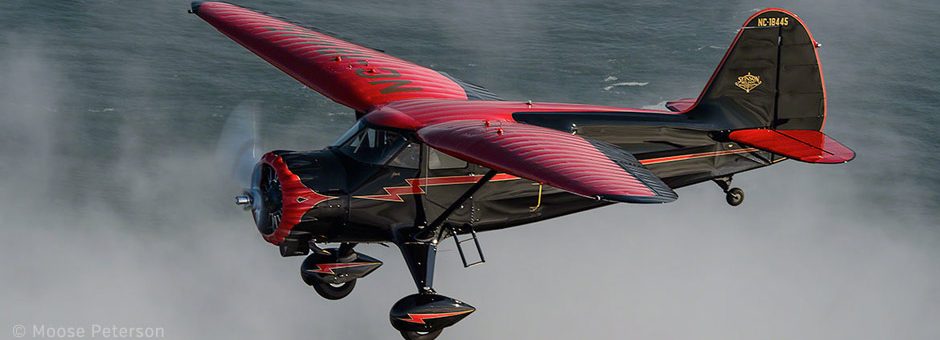
Soaring into History: Spotlight on the Stinson Aircraft
Stinson Aircraft, once a revered name in the aviation world, evokes feelings of nostalgia, innovation, and top-tier craftsmanship. But what makes the Stinson aircraft so special and captivating?
HISTORY
The Stinson Aircraft Company was the brainchild of Eddie Stinson, the fifth person in the United States to acquire a pilot's license. In 1926, he decided to set up his own company, which became an emblematic entity in the world of aviation. Over its lifespan, the company produced more than 13,000 aircraft before being acquired by Piper Aircraft in 1948.
DESIGN
Every Stinson aircraft was a testament to detailed craftsmanship. Here's a glimpse of its design specifications:
- Wingspan: Varies, but the popular Stinson Reliant boasts a wingspan of 41 feet 10 inches.
- Length: On average, around 29 feet 6 inches.
- Weight: Approximately 2,690 pounds when loaded.
- Seating Capacity: Typically accommodating 4 to 5 passengers.
PERFORMANCE
When it came to performance, Stinson aircraft were not just about looking good. They were built to fly impressively.
- Top Speed: Depending on the model, speeds could reach up to 132 mph.
- Range: A comfortable range of around 525 miles.
- Altitude: Could soar up to an altitude of 16,500 feet.
- Fuel Efficiency: The design ensured maximum efficiency, with consumption rates at about 12 gallons per hour.
TECHNOLOGY
Stinson was renowned for its innovative technologies, setting it apart from contemporaries:
- Avionics: Advanced for its time, it was equipped with standard navigation aids and communication tools.
- Propulsion: Employed powerful engines like the Lycoming R-680 engine.
- Safety Systems: The robust build and the aerodynamic design were Stinson's main safety features, ensuring stable flights even in challenging conditions.
VARIANTS
Over the years, Stinson introduced several variants to cater to varying needs:
- Stinson Junior: A three-seater with a shorter wingspan.
- Stinson Reliant: A larger, more powerful variant.
- L-5 Sentinel: Primarily used for military purposes during World War II.
OPERATORS
Several entities, including the US Military, recognized the prowess of Stinson aircraft:
- U.S. Army Air Forces: Used the L-5 Sentinel for observation and medical evacuation during World War II.
- Civil Operators: Many Stinsons graced the skies as private planes and charter services.
In conclusion, the Stinson aircraft's beauty isn't just skin deep. Its intricate blend of design, performance, and technology makes it a golden feather in aviation's illustrious cap. The legacy of Stinson continues to inspire aviators and enthusiasts alike. We encourage you to share this ode to Stinson with fellow aviation aficionados.
Detailed Specifications of Stinson Aircraft:
| Feature | Specification |
|---|---|
| Engine | Lycoming R-680 engine |
| Wingspan | 41 feet 10 inches |
| Length | 29 feet 6 inches |
| Max Weight | 2,690 pounds |
| Top Speed | 132 mph |
| Range | 525 miles |
| Altitude | 16,500 feet |
| Fuel Consumption | 12 gallons/hour |
This article uses material from various web resources and Wikipedia article, released under the Creative Commons Attribution-Share-Alike License 3.0.

